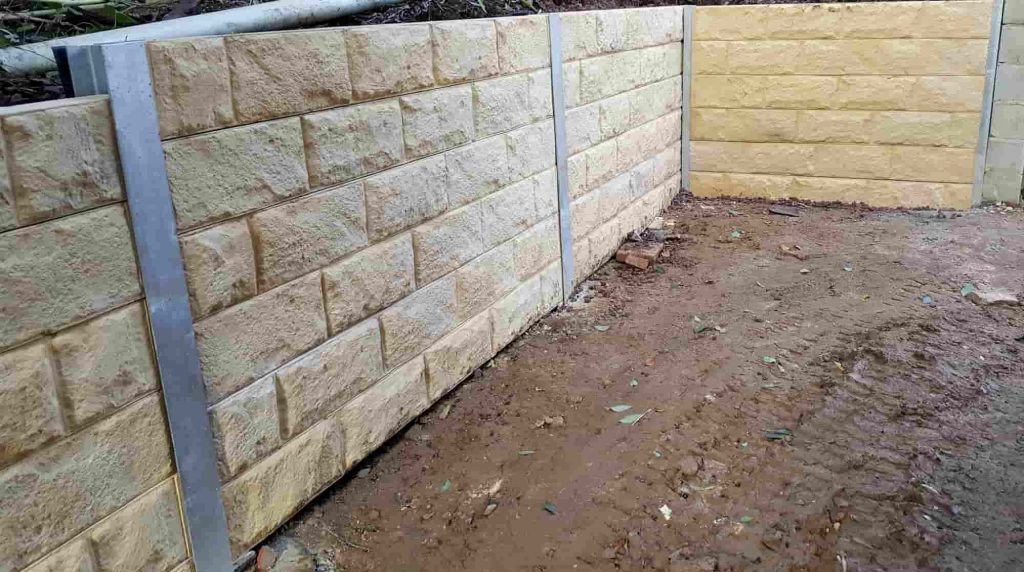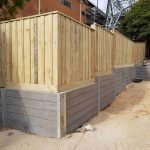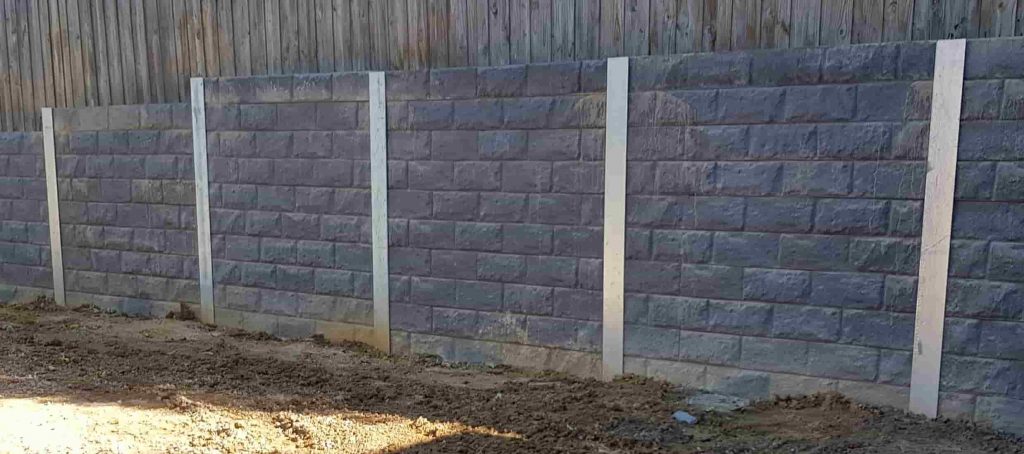Retaining walls work as necessary structures for managing soil erosion, creating level areas in sloped landscapes, and boosting the aesthetic appeal of a residential or commercial property. Whether you're aiming to develop a timber sleeper retaining wall, a concrete sleeper keeping wall, a brick retaining wall, or a stone maintaining wall, collaborating with an experienced retaining wall specialist is crucial. This extensive guide will take you through every action of the procedure, from conception to conclusion, guaranteeing your task satisfies your expectations.
Understanding Keeping Walls
What Are Retaining Walls?
Retaining walls are engineered structures designed to keep back soil and avoid disintegration. They are frequently used in property landscaping, business residential or commercial properties, and civil engineering jobs. The materials used can vary commonly, including wood, concrete, brick, and stone.
Why Do You Need a Keeping Wall?
Several reasons might lead you to think about installing a retaining wall:
- To manage water runoff To develop usable flat area on sloped land To enhance landscaping aesthetics To prevent soil erosion from storms or heavy rains
Choosing the Right Retaining Wall Contractor
What to Try to find in a Retaining Wall Contractor?
When searching for a retaining wall contractor near me, think about these elements:
- Experience and competence in numerous types of keeping walls Licensing and insurance Customer evaluations and testimonials Portfolio of previous work Transparent pricing model
Local Considerations: Why Select a Professional in Melbourne?
If you remain in Melbourne, going with a regional retaining wall builder deals a number of benefits:
- Familiarity with regional regulations Knowledge about local soil conditions Proximity for simpler interaction and follow-ups
Types of Keeping Walls
Timber Sleeper Retaining Wall
Timber sleeper walls are an environment-friendly option that mixes well with natural surroundings. They are relatively easy to set up but may need more upkeep gradually compared to other materials.
Benefits of Timber Sleeper Retaining Walls
Cost-effective option. Aesthetically pleasing. Easier installation process.Concrete Sleeper Retaining Wall
Concrete sleepers are robust and durable, making them perfect for higher walls where stability is crucial. They can stand up to harsh weather without weakening quickly.
Advantages of Concrete Sleeper Walls
Long-lasting durability. Low maintenance requirements. Customizable styles available.Brick Keeping Wall
A brick retaining wall offers ageless beauty while offering outstanding structural strength. It's perfect for developing elaborate designs that improve your landscape.
Benefits of Brick Walls
Classic visual appeal. High durability. Resistant to weather elements.Stone Retaining Wall
Stone walls provide natural beauty integrated with remarkable strength; nevertheless, they can be more pricey than other options due to labor costs involved in their installation.
Pros of Stone Walls
Unique aesthetic charm. Extremely durable. Excellent drainage capabilities.The Process: From Concept to Conclusion: Working with a Retaining Wall Contractor
Initial Consultation with Your Contractor
During your very first meeting with the specialist:

- Discuss your vision and requirements. Share any design ideas or motivation you have collected. Understand the specialist's procedure and timeline for completion.
Site Assessment by Your Retaining Wall Builder
A comprehensive site evaluation is important before beginning any task. The contractor will evaluate:
- Soil type Drainage patterns Existing greenery
This evaluation helps determine the best technique for your specific situation.
Designing Your Retaining Wall
Selecting Products Based upon Your Needs
Discuss product choices with your professional based on:
Budget constraints Intended use (e.g., ornamental vs functional) Local environment considerationsCreating Detailed Strategies and Blueprints
Once you've selected materials:
- The specialist will produce in-depth plans showcasing dimensions, structure, and aesthetics.
Obtaining Needed Permits for Installation
Before building starts, make sure all necessary permits are obtained:
Check local zoning laws Ensure compliance with security regulationsYour retaining wall installer ought to assist you throughout this process.
Preparing the Website for Construction
1. Cleaning the Area
Your specialist will clean out any existing plants or debris from the website where the wall will be constructed.
2. Excavation
Excavation is important; it involves digging out adequate space to accommodate the size of the proposed wall while making sure correct drainage behind it.
3. Establishing Drain Systems
Proper drain systems must be put in location to avoid water accumulation behind the retaining wall which could lead to structural failure.
The Building Stage: What Happens Next?
Once the site has actually been prepared:
Base preparation: A solid foundation should be laid first. Material assembly: The selected products will be assembled according to plans. Quality checks: Routine examinations should be made throughout this stage to ensure everything aligns properly with safety standards.Finishing Discusses Your New Retaining Wall
After building is total:
Backfill any spaces behind the wall carefully. Add landscaping features if preferred-- plants can assist blend the new structure into its surroundings beautifully!Maintenance Tips for Your Kept Structure
Regular maintenance guarantees longevity:
Inspect regularly for cracks or indications of deterioration. Keep drainage systems clear from debris. Reapply stains or sealants as needed depending on product utilized (especially essential for wood).FAQs About Working With A Retaining Wall Contractor
Q1: How do I discover a trustworthy retaining wall professional near me?
A1: Start by investigating online evaluations, inspecting portfolios, and looking for recommendations from pals or household who have finished similar projects.
Q2: What kinds of products can my retaining wall be made from?
A2: Typical products include timber sleepers, concrete sleepers, bricks, and stone-- each has its own set of advantages based upon toughness and aesthetics.
Q3: How much does it normally cost to install a keeping wall?
A3: Expenses vary substantially based upon size, material choice, location, labor costs-- demand numerous quotes for precise price quotes tailored specifically towards your project needs.
Q4: Do I require authorization from my local council before beginning this project?
A4: Yes! Constantly inspect regional policies as getting needed licenses helps prevent future legal problems down-the-line associated compliance violations throughout building and construction phases!


Q5: How long does it require to construct a common retaining wall?
A5: Depending upon complexity included (style options & & location size), many jobs take anywhere in between several days up-to weeks-- talk about timelines directly with contractors throughout preliminary consultations!
Q6: What upkeep tasks must I carry out after installation?
A6: Routine assessments examining condition followed by timely repairs if required; likewise keep drainage systems practical by getting rid of obstructions routinely while considering resealing lumber surfaces when necessary!
Conclusion
In conclusion, working carefully with a skilled retaining wall contractor transforms your landscaping dreams into truth-- from concept through conclusion! Whether you choose timber sleeper walls or choose more long lasting options like concrete or stone setups-- comprehending each step along this journey aids not only reliable planning but likewise boosts overall complete satisfaction post-completion! Keep in mind https://anotepad.com/notes/hccaaci4 always prioritize quality over quick repairs; investing time now pays dividends later down-the-road when delighting in these lovely additions around home sweet home!